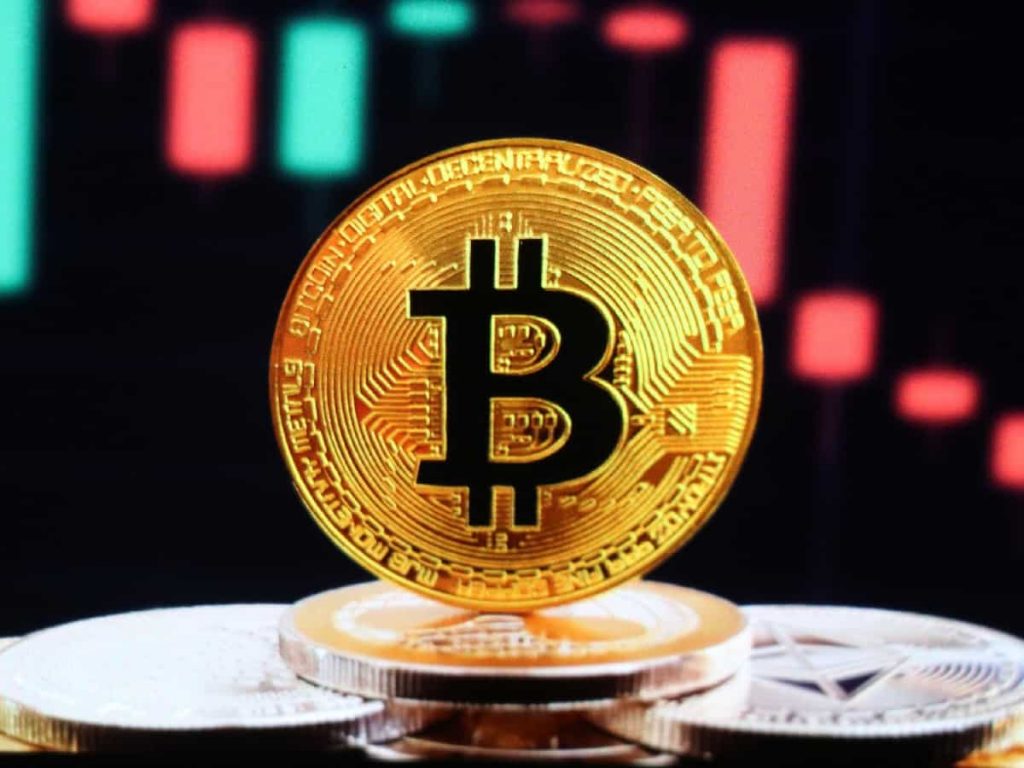Absolutely, the acquaintance fills in as the passage with the significant investigation of cryptographic money and blockchain advances inside the medical care area. In the quickly advancing domain of medical care, where innovation keeps on reshaping customary practices, blockchain and digital money have arisen as progressive powers ready to change the business. This article sets out on an extensive excursion to disentangle the many-sided connection between these computerized developments and medical care, offering significant bits of knowledge into their possible effects. As we explore through the approaching segments, we will demystify the central ideas of digital currency and blockchain, uncover their different applications inside medical care, highlight the various advantages they offer while likewise recognizing the difficulties and concerns they bring, and dive into true instances of their mix. Besides, we will examine the powerful administrative scene to evaluate the possibilities of these innovations inside medical care, imagining a reality where patient information security, store network the executives, and telemedicine are improved, and the medical services industry goes through an extraordinary development because of blockchain and cryptographic money. In a period progressively characterized by digitalization, understanding the critical role of these advancements in medical services isn’t simply fitting; it is fundamental.
Grasping Crypto and Blockchain
What Is Cryptographic money?
Digital money, in its purest form, addresses a computerized or virtual type of cash that works outside the traditional structure of officially sanctioned cash. It is based upon the groundwork of cryptography, which guarantees its security, exchanges, and production of new units. Dissimilar to customary government-issued types of money, digital forms of money are decentralized and exist exclusively inside the computerized domain, kept up with through a disseminated record innovation called blockchain. This decentralization means that there is no focal power, like an administration or monetary establishment, overseeing these computerized resources. All things considered, exchanges are recorded on a public record, fostering straightforwardness and trust among clients. Prominent models incorporate Bitcoin, Ethereum, and Wave, each with its extraordinary highlights and applications. These computerized monetary standards have tracked down their direction into the medical care area, with applications going from secure and straightforward wellbeing information of the executives to working with secure monetary exchanges for clinical benefits, denoting the start of an extraordinary excursion inside the medical services industry.
How Does Blockchain Function?
Blockchain is an earth-shattering decentralized innovation that frames the foundation of digital currencies like Bitcoin and fills in as a hearty answer for different ventures, including medical care. At its center, a blockchain is a disseminated record that records exchanges across an organization of interconnected PCs. These exchanges are packaged into blocks, and each block is cryptographically connected to the previous one, making a chain. This chain-like construction guarantees the trustworthiness and security of the information inside it, as it turns out to be very hard for anybody to mess with or adjust recently recorded exchanges. Fundamentally, this decentralized and unchanging record ensures straightforwardness and trust inside the organization. Members of the organization by and large approve and settle on the exchanges, making it impervious to deceitful movement. In medical care, blockchain’s true capacity is bridged for applications like getting and overseeing electronic well-being records, empowering straightforward production networks of the executives for drugs, and guaranteeing the genuineness and discernibility of clinical information, proclaiming another period of safety and productivity in the business.
Applications in Medical care
Information Security and Protection
Information security and protection stand as vital advantages of coordinating blockchain innovation in the medical care area. Conventional medical care information frameworks are frequently concentrated, making them helpless against cyberattacks, information breaks, and unapproved access. Interestingly, blockchain offers a decentralized and profoundly secure arrangement. It takes into consideration the making of a carefully designed record of patient data, open only to approved parties, including patients themselves. This crucial shift guarantees that delicate wellbeing records, containing individual and clinical information, are safeguarded against breaks and unapproved use, improving patient classification. The cryptographic idea of blockchain guarantees that only those with the fitting encryption keys can access, view, or adjust the information, making it almost impenetrable to hacking endeavors. Thus, patients and medical service suppliers can really believe in the security and protection of clinical data, preparing for a more secure and reliable medical care biological system that regards the secrecy of patient information.
Production network The executives
An effective store network board is a basic part of the medical services industry, guaranteeing the convenient and secure conveyance of drugs, clinical gear, and other fundamental medical services items. Blockchain innovation presents a groundbreaking arrangement by providing straightforwardness, discernibility, and security in the store network. Each move toward the creation, appropriation, and conveyance of medical service items is recorded on the blockchain, making a permanent record of exchanges. This straightforwardness implies that all gatherings included can follow the development of items continuously, consequently diminishing the risk of extortion, forging, and the dispersion of inadequate or fake drugs. The outcome is a safer and more proficient store network that guarantees the realness of clinical items and eventually adds to a better understanding of results. Blockchain in-store networks aren’t just a distinct advantage for medical care but additionally an expected lifeline by improving the security and viability of medical services and therapies.
Telemedicine and Remote Checking
Telemedicine and remote checking have become necessary parts of present-day medical services, offering patients access to clinical benefits and experts from the solace of their homes. Blockchain innovation plays a critical role in upgrading the productivity and security of these practices. Through the execution of blockchain, telemedicine conferences, and remote observation, information can be safely recorded and partaken in a straightforward and carefully designed way. This safeguards the security of patients as well as guarantees the honesty of the clinical information. The capacity to store interview records, solutions, and patient history on a blockchain is considered secure, long-haul stockpiling, and simple recovery, guaranteeing the progression of care. Additionally, remote checking of patients’ important bodily functions and well-being information is made more proficient and dependable through blockchain, empowering medical service suppliers to pursue informed choices in view of exact, constant information. As telemedicine proceeds to grow and distant patient observation turns out to be progressively significant, blockchain innovation offers a strong arrangement that can assist with reshaping medical care rehearses by giving secure, helpful, and dependable medical care administrations to patients no matter what their actual area.
Advantages and Difficulties
Advantages of Crypto and Blockchain in Medical Care
- Improved information security and protection.
- Effective production network with the executives.
- Help with telemedicine and remote checking.
- Decreased managerial expenses.
- Speed up research through secure information sharing.
Difficulties and Concerns
- Administrative obstacles.
- Combination with existing medical care frameworks.
- Starting arrangements cost.
- Adaptability issues.
- Instruction and preparation for medical care experts
Genuine Models
MedRec: Blockchain for Clinical Records
MedRec is a blockchain-based framework that permits patients to control their clinical records. It guarantees that the main approved people can get to the information, enabling patients to have more prominent control over their well-being data.
Diamond: Inventory network The board
Jewel is a blockchain stage that tracks the drug production network. It diminishes misrepresentation and falsification, ensuring the genuineness of medications, eventually saving lives and reducing medical service costs.
Administrative Climate
The administrative scene concerning crypto and blockchain in medical care is advancing. Different legislatures and organizations are dealing with creating a structure that guarantees both development and consistency with existing guidelines. The future of crypto and blockchain in medical care generally relies on these turns of events.
Future Possibilities
The fate of medical care with crypto and blockchain advances looks encouraging. As administrative clarity improves, more medical care associations are probably going to take on these innovations. With development, we can hope to see many more applications in regions like health care coverage, clinical preliminaries, and patient commitment.
Crypto and blockchain advances can possibly change the medical services industry by further developing information security, upgrading store network executives, and empowering telemedicine. While challenges exist, the advantages far outweigh them. As the business keeps on developing, these advances will play a huge part in determining the fate of medical services.




